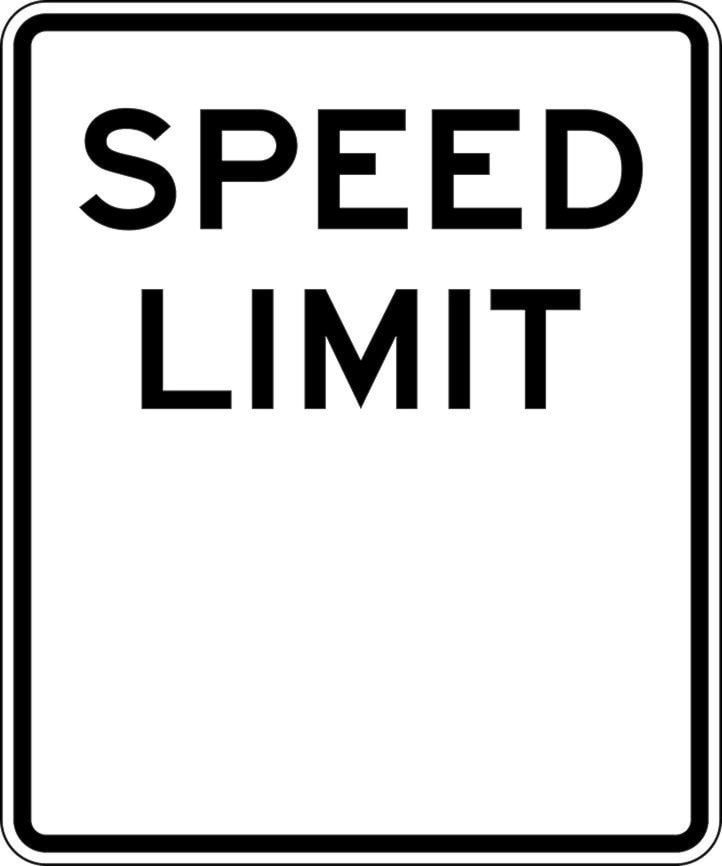The speed limit along Hwy. 1 between Hope and Boston Bar has been decreased from 100 km/h to 90 km/h, following new data released on June 28 by the Ministry of Transportation.
In 2014, 33 sections of highway around the province had the speed limits increased, including the 55 km Hope–Boston Bar section. The data shows that this section was one of seven stretches of highway where an increase in the speed limit in 2014 has led to increased driver speed and more crashes.
In the year prior to the increase in speed, the section of highway had a collision rate of .08 (collisions per million vehicle kilometres travelled); in the year after, the collision rate increased to .14.
Initial information from the Ministry of Transportation indicated that the new limit would be put in place within the next 12 months, but a ministry spokesperson confirmed with The Journal that it would go into effect before the Canada Day long weekend.
Data released by the ministry says that driver inattentiveness and driving too fast for conditions are major contributing factors to the increase in crashes along this section, and a spokesperson for the Ministry told The Journal that the decision to lower the speed was made “out of an abundance of caution”.
In addition to lowering the speed limit, the ministry will enhance road side delineation and install centreline rumble strips and recessed reflectors.
The 24 km stretch from Boston Bar to Jackass Mountain is one of seven sections of highway where driver speed decreased after 2014, but the number of crashes increased. The speed limit will remain at 100 km/h, but enhanced roadside delineation will be put in place over the next 12 months.
The Ministry says that 100 km/h is appropriate for that section, adding that “when drivers are on a highway segment where the speed limit is well matched to the type of highway then they are more likely to respect that limit and drive safely.”
The ministry has noted that while driver inattentiveness and driving too fast for conditions are contributing factors in many motor vehicle accidents, there are a variety of other factors which can affect the number of collisions on a given stretch of highway, including road and weather conditions, traffic congestion, and encroaching wildlife.
These factors were taken into account when assessing crash rates along the 33 sections of highway where the speed limit was raised in 2014. The ministry says measures will be taken to deal with these factors where possible.

The Coquihalla between Hope and Merritt had its lowest crash rate in 10 years, despite the speed limit rising to 120 km/h.
Hwy. 1 between Cache Creek and Kamloops will be unaffected. Even though the speed limit was increased in part of the section in 2014, the number of crashes has been reduced, with none reported during the year-long period that was surveyed. The same period saw the Coquihalla between Hope and Merritt register its lowest crash rate in 10 years, despite the speed limit having been increased to 120 km/h in 2014.
“Safety is the Ministry of Transportation’s highest priority,” says Transportation Minister Todd Stone. “After a very thorough engineering analysis it was determined that speed adjustments were warranted on 1,300 km of highways.” The increased speed limits were in place by November 2014, and Stone says that the government was committed to an “evidence-based, fact-based” assessment of the results.
“We made it very clear we would continue to be as focused on safety as possible, and said that if we felt there were no engineering strategies to reduce crashes on stretches with raised speeds we would look at reducing the speed. We’re confident we can implement engineering strategies on 12 of the 14 sections [where the crash rate increased] to reduce crashes.”
The only other section of highway which has had the speed limit reduced is a 36 km stretch of Hwy. 5A between Aspen Grove and Princeton. The speed limit along this section has been reduced from 90 km/h to 80 km/h.
Other stretches of highway where accident rates increased will see a variety of measures put in place over the next few months to try to reduce collisions, including more variable speed signs and LED wildlife signs, roadside barriers, lighting, shoulder rumble strips, and enhanced median linear delineation.
